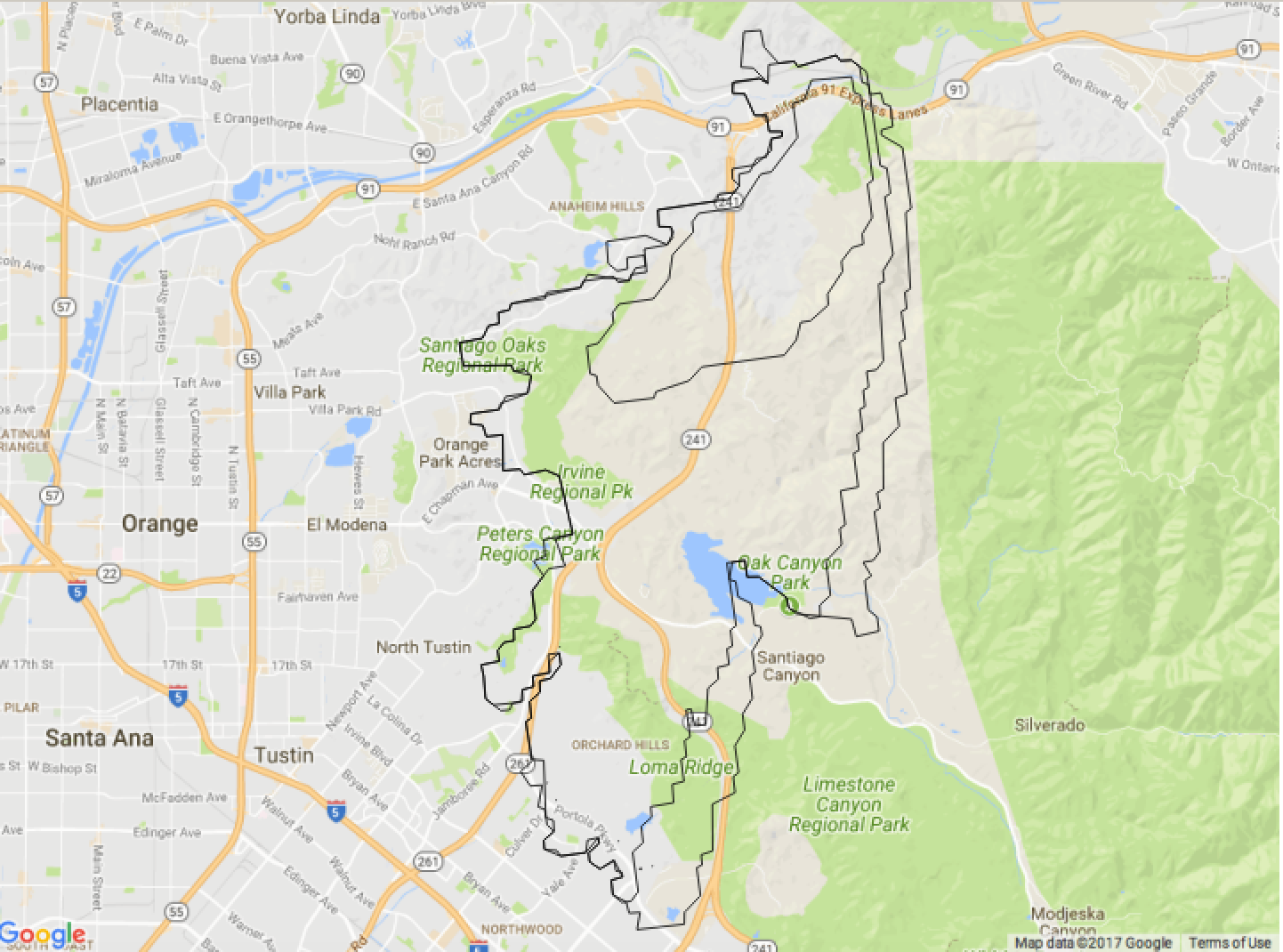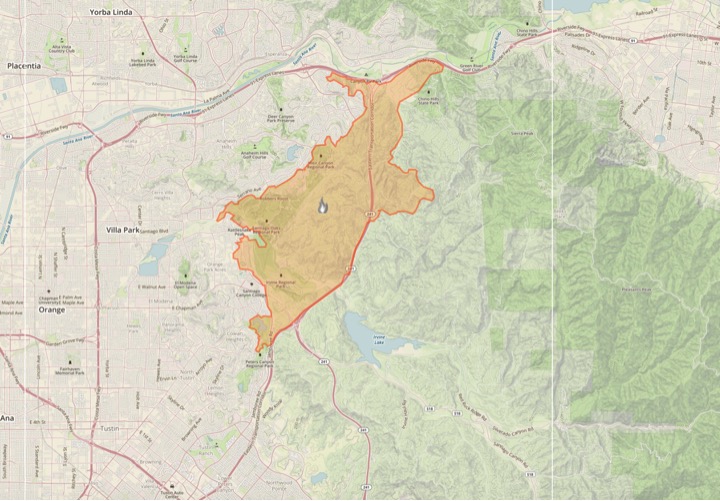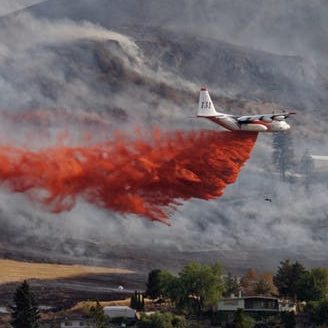Wildfires are one of the most difficult natural disasters to model. Some argue wildfire modeling is 20 years behind hurricane modeling — and that’s not necessarily inaccurate. Hurricanes occur frequently, take several days to form and can be monitored via satellite. Hurricanes are also enormous and can be over 50 miles in radius. They are not obstructed by buildings and, while complex, are affected by fewer variables than wildfires.
Now, consider wildfires. A wildfire can start in seconds by a lightning strike or a dropped cigarette. Oftentimes, the source of ignition is concealed. A wildfire can smolder for days before significant smoke is reported and others can become destructive in a matter of minutes. Even a small burn — just a few acres — can destroy homes and other structures. On top of that, wildfires are affected by a myriad of factors from roads to fuel moisture and type to relative humidity. Sometimes, wildfires are so short-lived that these variables are not recorded; other times, a wildfire covers so many ecosystems that each area of the fire is impacted differently.

RedZone Improvements to Wildfire Modeling
Neither hurricane modeling nor wildfire modeling is an easy task. However, wildfires present so many distinct challenges that it’s difficult to even compare the two types of events. Fortunately, wildfire modeling has come a long way in recent years and we at RedZone have made it a priority to make wildfire modeling more accurate than ever before.
Take the Waldo Canyon Fire in Colorado, for example. A simplistic wildfire model didn’t account for many of the devastating factors that ultimately destroyed properties. One of these factors was ember showers, which caused homes to burn that were outside of the assumed danger zone. RedZone’s solutions, developed by expert wildfire analysts, take into account these lesser-known variables that can have devastating effects on properties during a wildfire. RedZone wildfire modeling also takes several scenarios into account at the same time. For example, it asks: If the wildfire goes in direction A, how far will it go? If the wildfire goes in direction B, how far will it go? And so on. By taking into account the likelihood and severity of every possible scenario, and every variable that goes with each, we are reaching a new standard for wildfire modeling.
RedZone looks at wildfire modeling from a loss-prevention perspective. Therefore, while a model might be good, if homes are unnecessarily destroyed, the model isn’t good enough. We’re developing wildfire modeling so it’s a standard, scientifically peer-reviewed model, which will prevent the loss of structures, homes and land. This model is mutually beneficial for both homeowners and insurance companies — and insurance companies would likely see an obvious and significant ROI increase from adopting it.
Case Study: Canyon 2 Fire in Anaheim Hills, California. October 9, 2017 – October 17, 2017
The first image shows what the model predicted the fire would do in 24 hours without suppression efforts as a factor. The second image shows the official fire perimeter a full week’s worth of active suppression efforts by both aircraft and hundreds of firefighters. In comparing the model against the final perimeter, you can see that fire suppression efforts were successful in stopping the fire at the eastern ridge line and along Highway 241. The difference is that the model predicted this wildland fuel area to have larger, rapid spread. The model did correctly predict the fire to jump Highway 241 and continue to burn aggressively to the south and west. Having our model results early in this incident could have helped decision makers visualize risk, prioritize response, and aid in evacuations due to the nature of the event. All in all, the Canyon 2 Fire destroyed 25 homes and burned over 9,000 acres.

Canyon 2 Wildfire Model – first 24 hours of fire progression showing the fire’s extent without suppression

Canyon 2 Final Fire Perimeter – shows the fire’s full progression with successful suppression efforts keeping it smaller than it could have been
Editor’s Note: This article was originally published in May 2017 and was updated in November 2017





One Comment